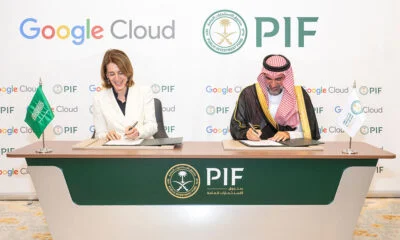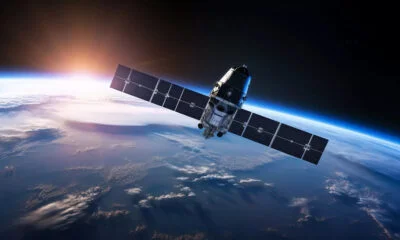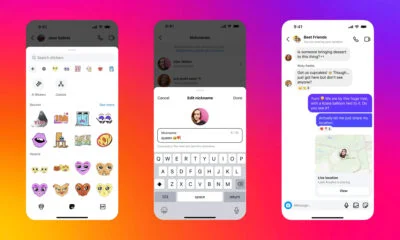News
Google Launches Its Dunant Subsea Cable Between The US And Europe
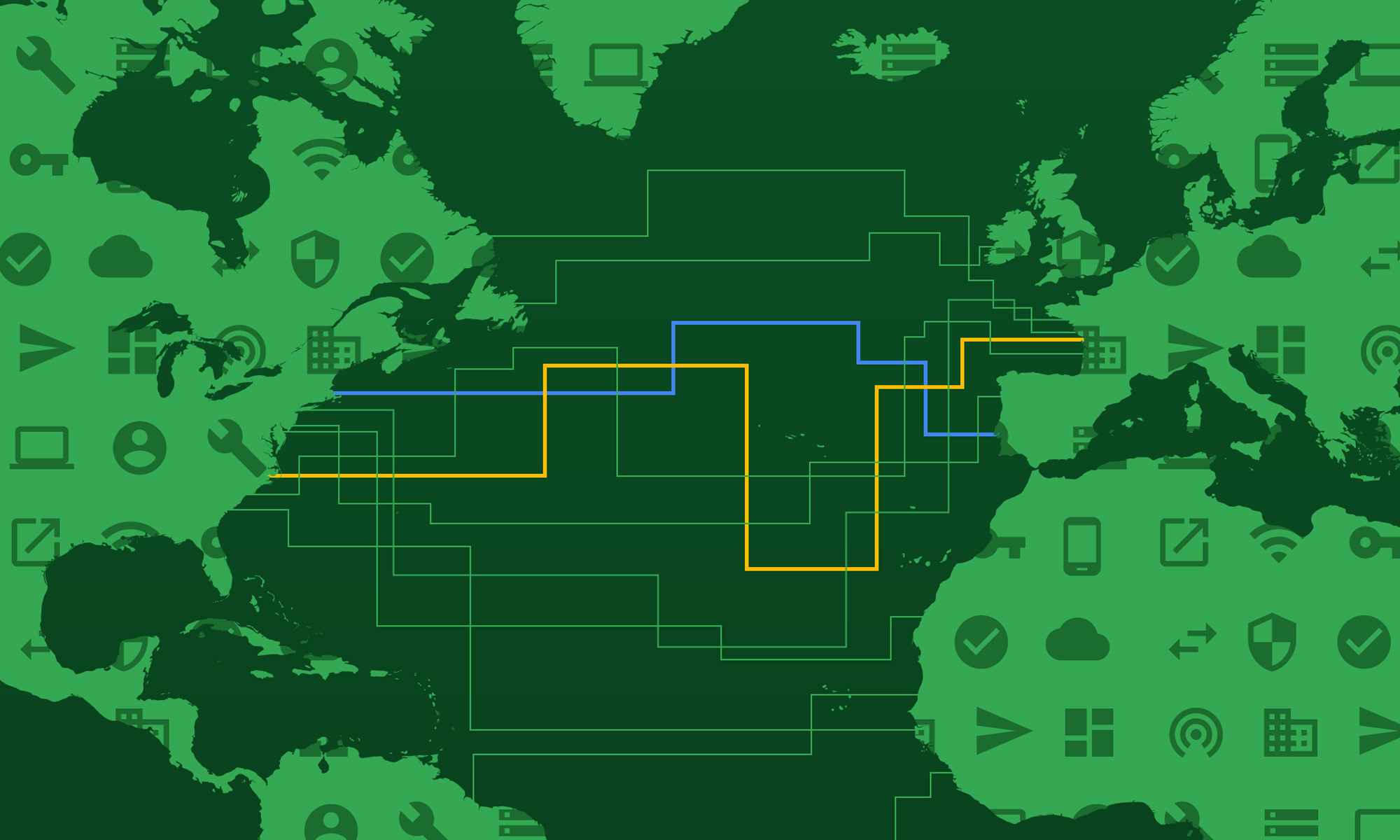
With Elon Musk’s Starlink satellites quickly filling up Earth’s orbit and promising low latency, broadband internet access to people living in the most remote corners of the world, it’s easy to forget that physical cables stretched across the ocean floor are still indispensable information super-highways.
Google, in partnership with telecommunications equipment company SubCom, has just announced the completion of one such super-highway between the United States and Europe. Called Dunant, this privately-owned subsea cable spans almost 4,000 miles (6,400 km) from Virginia Beach in the US to Saint-Hilaire-de-Riez, France, offering record-breaking data transfer capacity of 250 terabits per second (Tbps).

Submarine Cable Map
“We’re thrilled to say bonjour to the Dunant submarine cable system, which has been deployed and tested and is now ready for service,” writes Chris Ciauri, Google’s President for EMEA, in a blog post.
“The historic landing was made possible in partnership with SubCom, a global partner for undersea data transport, which engineered, manufactured, and installed the Dunant system on schedule despite the ongoing global pandemic.”
The two companies decided to name the subsea cable after Henry Dunant, a Swiss humanitarian, businessman, and social activist who received the first Nobel Peace Prize (together with Frédéric Passy) in 1901.
Google first announced the project in 2018 and expected to complete it in late 2020. The delay was caused by the COVID-19 pandemic. The tech giant, whose recent record quarterly revenues were largely caused by soaring cloud sales, is also working on a subsea cable between Portugal and South Africa, called Equiano.
Also Read: UAE Hope Probe To Go Into Orbit Around Mars This Week
“This new cable is fully funded by Google, making it our third private international cable after Dunant and Curie, and our 14th subsea cable investment globally,” stated Michael D. Francois, Tech Lead Manager of Global Network Infrastructure at Google. “Equiano will be the first subsea cable to incorporate optical switching at the fiber-pair level, rather than the traditional approach of wavelength-level switching.”
Both Dunant and Equiano are part of Google’s ongoing effort to improve its cloud network infrastructure and offer better reliability, speed, and security to its customers.
News
Samsung Smart Glasses Teased For January, Software Reveal Imminent
According to Korean sources, the new wearable will launch alongside the Galaxy S25, with the accompanying software platform unveiled this December.
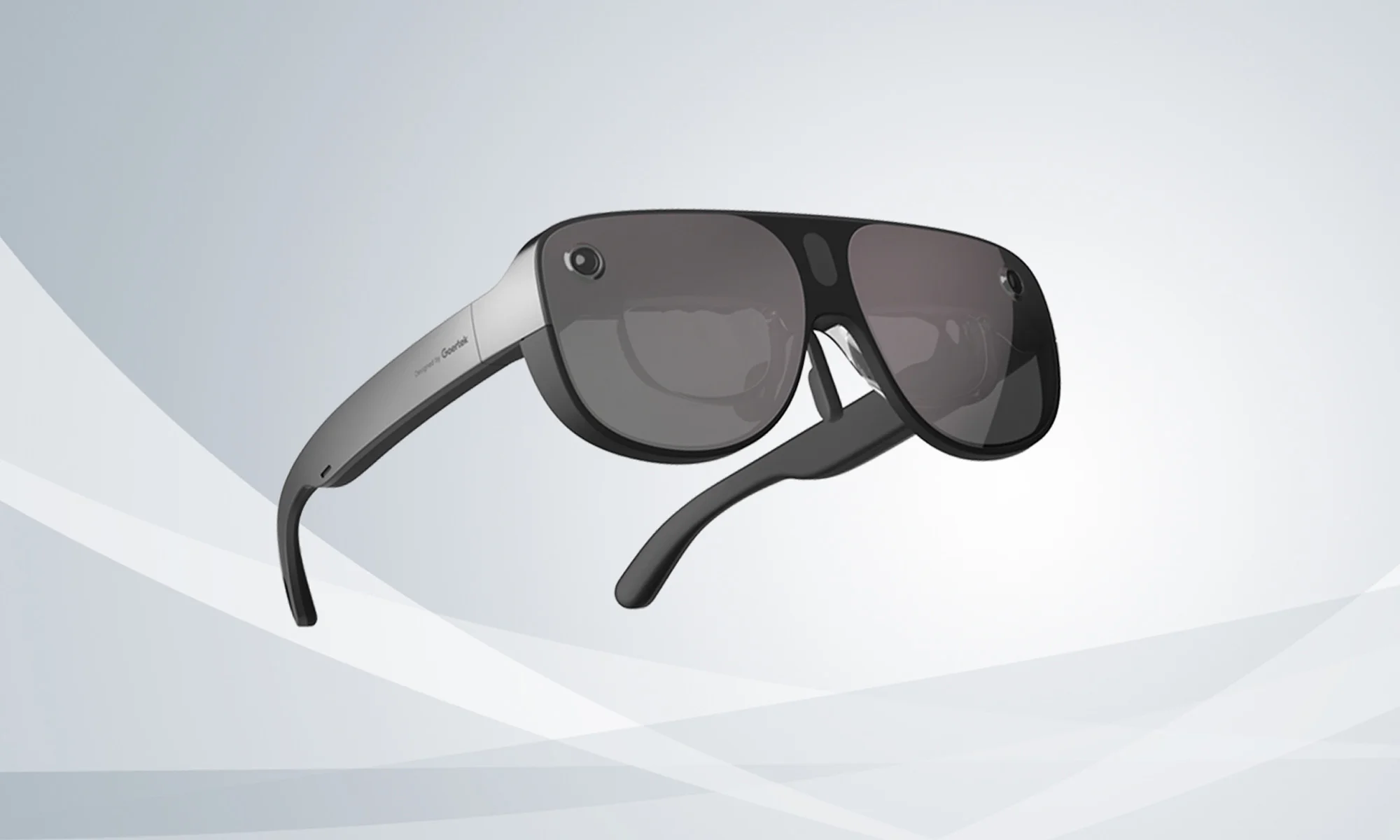
Samsung appears poised to introduce its highly anticipated smart glasses in January 2025, alongside the launch of the Galaxy S25. According to sources in Korea, the company will first reveal the accompanying software platform later this month.
As per a report from Yonhap News, Samsung’s unveiling strategy for the smart glasses echoes its approach with the Galaxy Ring earlier this year. The January showcase won’t constitute a full product launch but will likely feature teaser visuals at the Galaxy S25 event. A more detailed rollout could follow in subsequent months.
Just in: Samsung is set to unveil a prototype of its augmented reality (AR) glasses, currently in development, during the Galaxy S25 Unpacked event early next year, likely in the form of videos or images.
Additionally, prior to revealing the prototype, Samsung plans to introduce…
— Jukanlosreve (@Jukanlosreve) December 3, 2024
The Galaxy Ring, for example, debuted in January via a short presentation during Samsung’s Unpacked event. The full product unveiling came later at MWC in February, and the final release followed in July. Samsung seems to be adopting a similar phased approach with its smart glasses, which are expected to hit the market in the third quarter of 2025.
A Collaborative Software Effort
Samsung’s partnership with Google has played a key role in developing the smart glasses’ software. This collaboration was first announced in February 2023, with the device set to run on an Android-based platform. In July, the companies reiterated their plans to deliver an extended reality (XR) platform by the end of the year. The software specifics for the XR device are expected to be unveiled before the end of December.
Reports suggest that the smart glasses will resemble Ray-Ban Meta smart glasses in functionality. They won’t include a display but will weigh approximately 50 grams, emphasizing a lightweight, user-friendly design.
Feature Set And Compatibility
The glasses are rumored to integrate Google’s Gemini technology, alongside features like gesture recognition and potential payment capabilities. Samsung aims to create a seamless user experience by integrating the glasses with its broader Galaxy ecosystem, starting with the Galaxy S25, slated for release on January 22.


